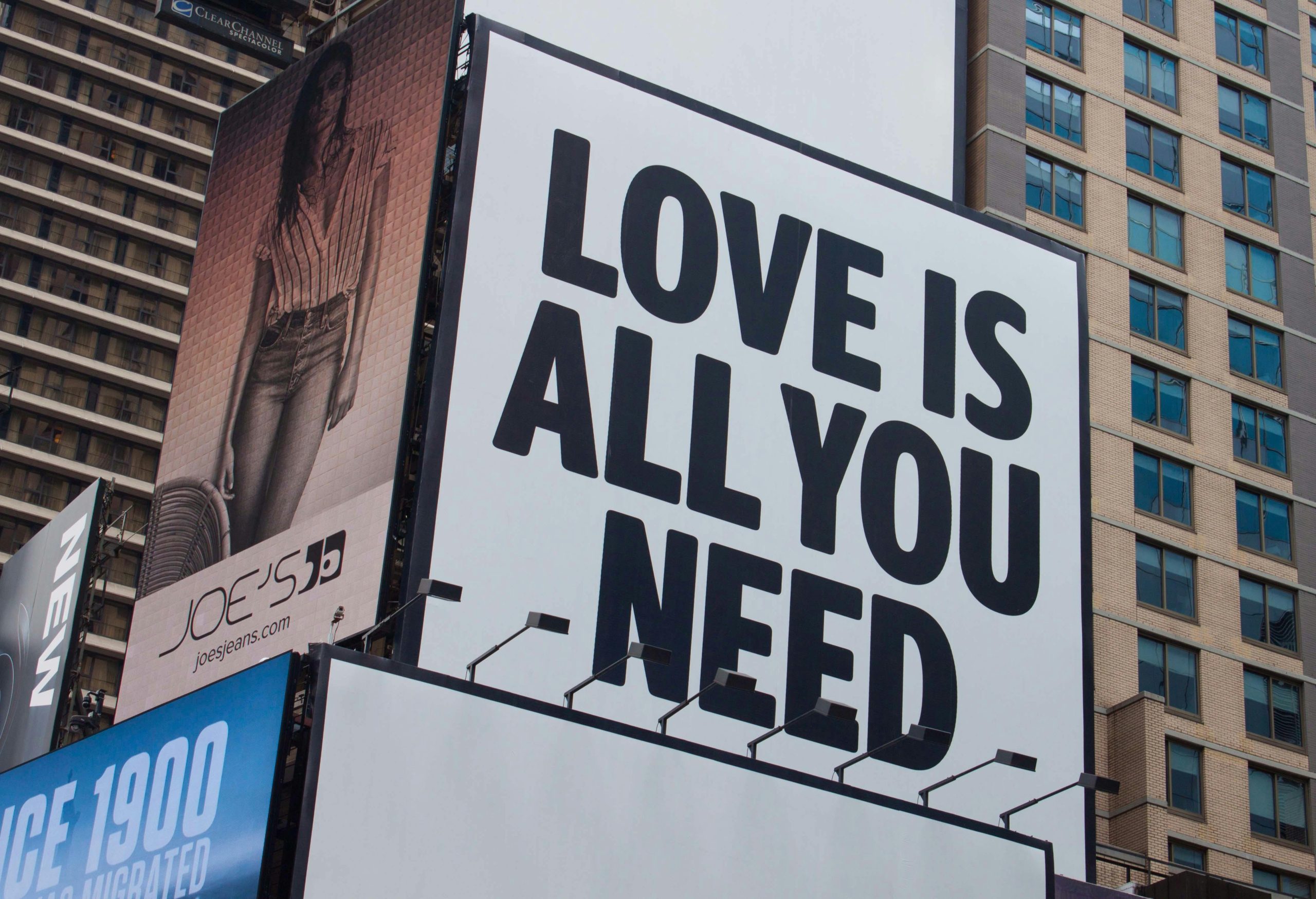The boundaries of where a job concludes can vary widely depending on several factors such as the nature of the work, organizational expectations, and personal work habits. Traditionally, a job might end when you complete your designated work hours or when specific tasks or projects are finished for the day. However, in today’s connected world, many professionals find that their responsibilities extend beyond typical office hours, often due to remote work capabilities, the need for flexibility, or global business operations that bridge different time zones.
Moreover, certain roles may not adhere to conventional start and end times. For instance, managerial and supervisory positions might require employees to be accessible outside of standard hours for urgent decision-making or crisis management. Similarly, project-based work could demand attention until project deadlines are met, regardless of time frames.
On top of this, personal work habits and technologies such as smartphones and laptops enable—and sometimes compel—people to check emails or complete tasks after official work hours. This blurs the lines between professional and personal time, making it challenging to delineate a clear ‘end’ to the workday.
Ultimately, defining where a job ends often comes down to individual boundaries, workplace culture, and clarity around expectations. It’s essential for individuals to communicate with employers about boundaries, make use of any flexible working arrangements on offer, and to establish a healthy work-life balance to ensure that work demands do not perpetually encroach on personal time.

